Shoko Hashimoto, Witness to the Last of the ‘Goze’
The photographer documented the journey of these blind female musicians across Japan in various reports, now compiled in a book.
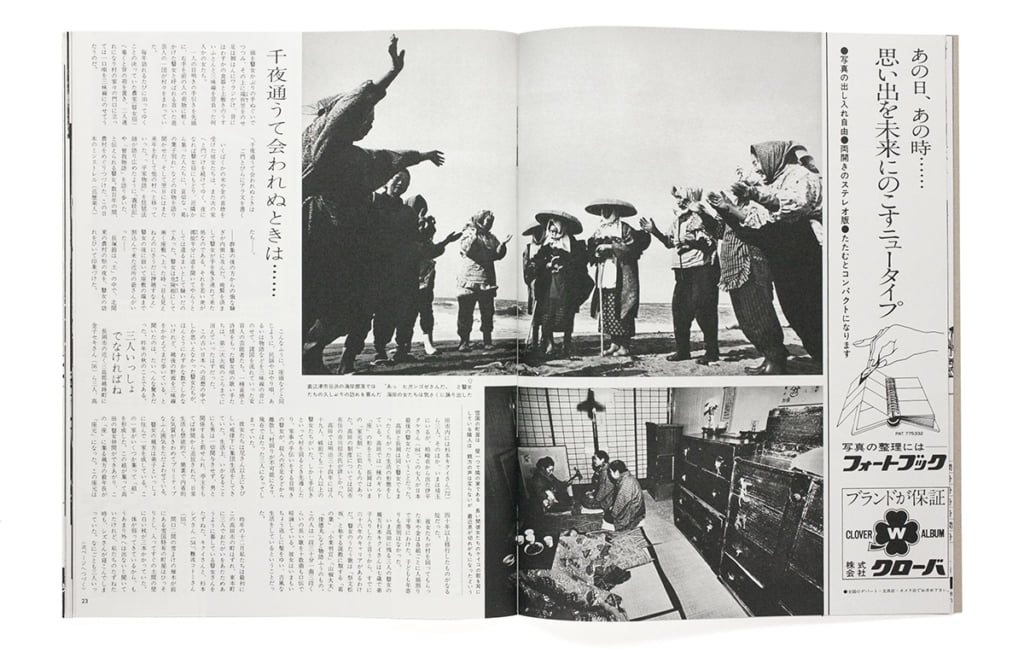
“Goze” - Shoko Hashimoto
In 2005, Haru Kobayashi died at the age of 105 years. She was the last of the famous goze, visually-impaired women who mainly worked as musicians in rural Japan. These women, who began ceasing their activity in the 1970s, are the subject of reports by Shoko Hashimoto, published in Asahi Graph, a weekly magazine specialising in photography, that was active between 1923 and 2000. These documentaries have been brought together and translated into English in Shoko Hashimoto: Goze Asahigraph Reprint (2019).
Born in Ishinomaki in 1939, Shoko Hashimoto followed different groups of goze through the seasons with his camera, before industrialisation and the rural exodus led to their extinction.
A nomadic lifestyle necessary to survive
Between 1970 and 1974, Shoko Hashimoto travelled with these women to share and record their nomadic lifestyle, perpetuating a tradition that dated back over four centuries. The reproduced articles show women experiencing suffering and who, guided by a sighted woman, would stop off in villages, where they would sing and play the shamisen, a traditional plucked string instrument. In exchange for their performance, the villagers would give the goze rice and money.
The story of the goze can also be discovered in the film Tsugaru Folk Song by Koichi Saito, released in 1973.
Shoko Hashimoto: Goze Asahigraph Reprint (2019), is a book of photographs published by Zen Foto Gallery.
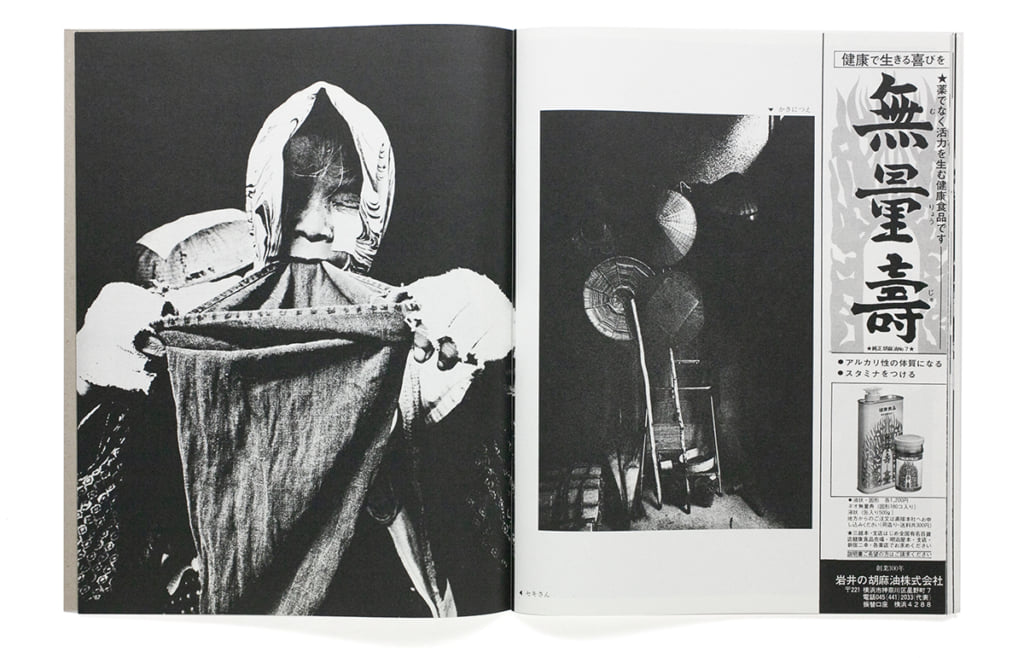
“Goze” - Shoko Hashimoto
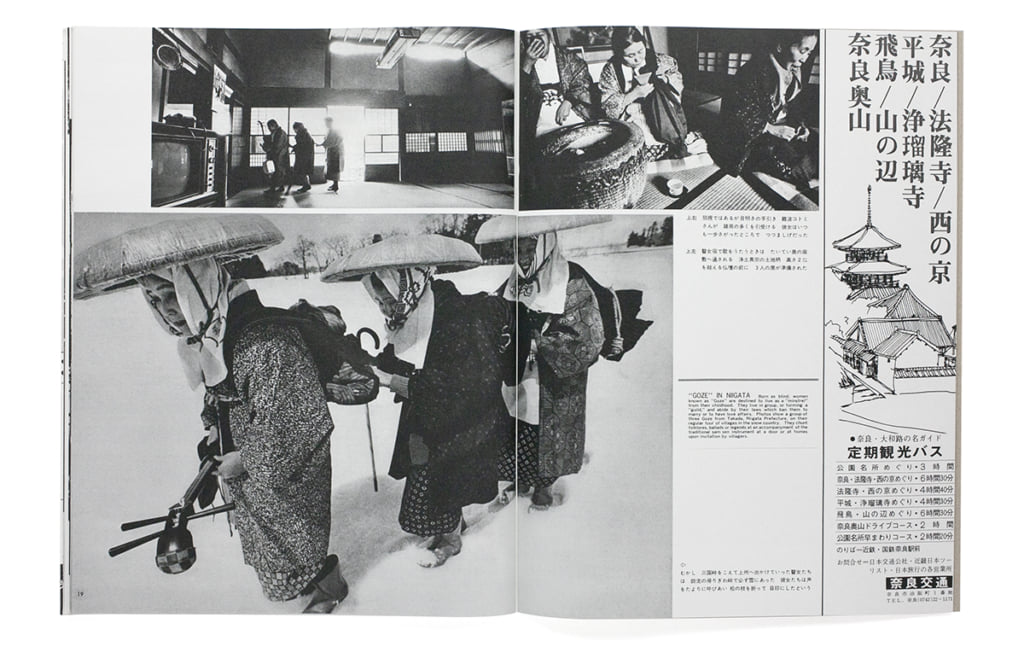
“Goze” - Shoko Hashimoto
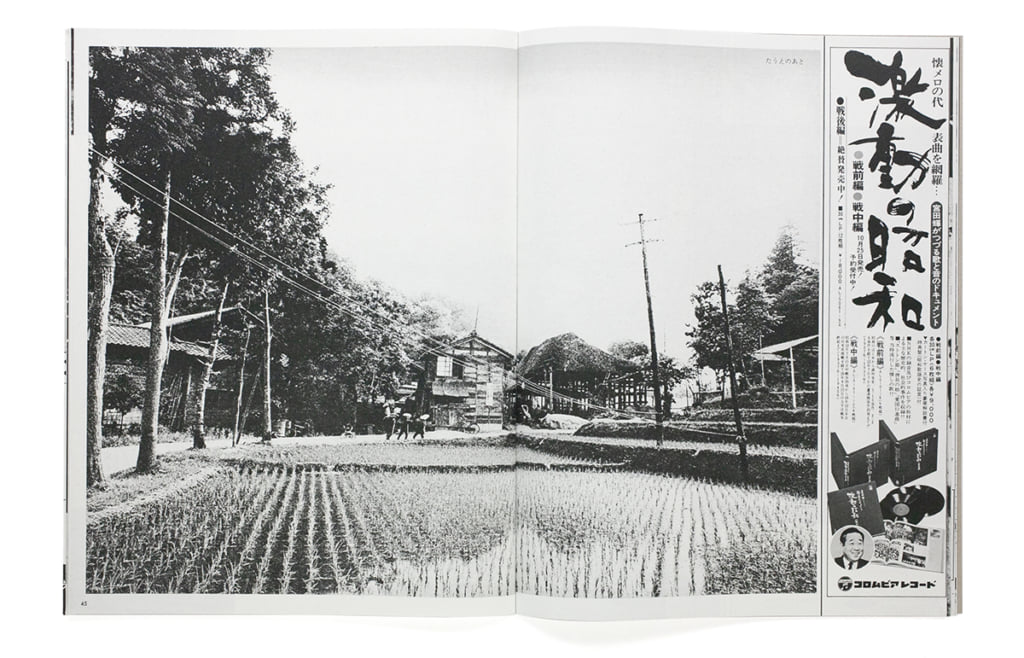
“Goze” - Shoko Hashimoto
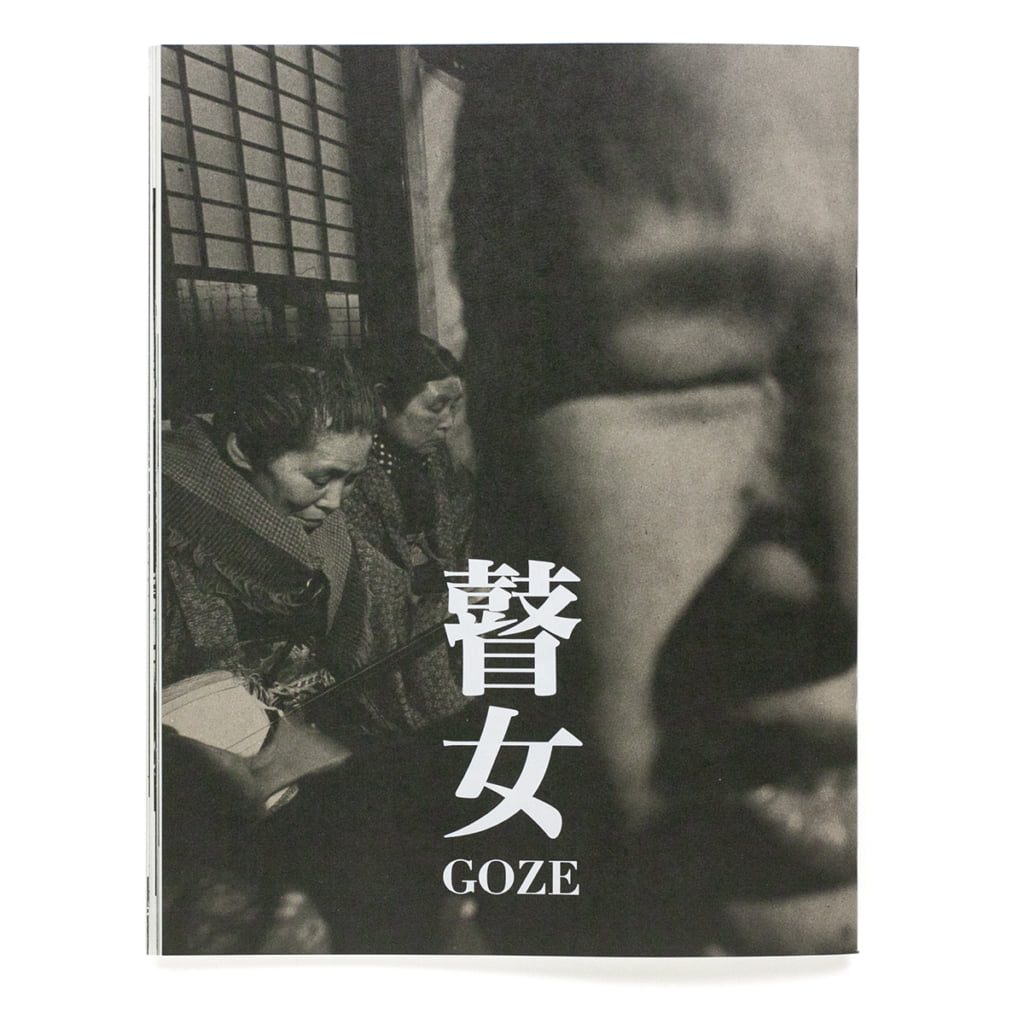
“Goze” - Shoko Hashimoto
TRENDING
-
‘YUGEN’ at Art Fair Tokyo: Illumination through Obscurity
In this exhibition curated by Tara Londi, eight international artists gave their rendition of the fundamental Japanese aesthetic concept.

-
A Masterful Film Adaptation of a Short Story by Murakami
'Burning' by filmmaker Lee Chang Dong is based on the short story 'Barn Burning' by the iconic Japanese writer, published in 1987.

-
Taking Time to Watch the Forest Breathe With Takeshi Shikama
Combining history with a photographic technique, 'Silent Respiration of Forests' is a call to rethink our relationship with nature.

-
Ceramics in Its Natural State, by Takashi Endo
When making his pieces, the artist lets the imperfection of their materials appear, as a means of paying tribute to their natural origin.

-
Colour Photos of Yakuza Tattoos from the Meiji Period
19th-century photographs have captured the usually hidden tattoos that covered the bodies of the members of Japanese organised crime gangs.





